A Nation of Tea Lovers India ranks as the world’s second-largest tea producer just behind China! What’s interesting is that 80% of this fragrant drink stays within the country—showing how tea has become a part of Indian life. From busy streets to quiet hill stations, tea means more than just a drink here; it’s a custom, a source of comfort, and a way of living. Each cup, whether served at a roadside stand or enjoyed in a fancy tea shop, tells a tale of India’s passion for tea. 🍵

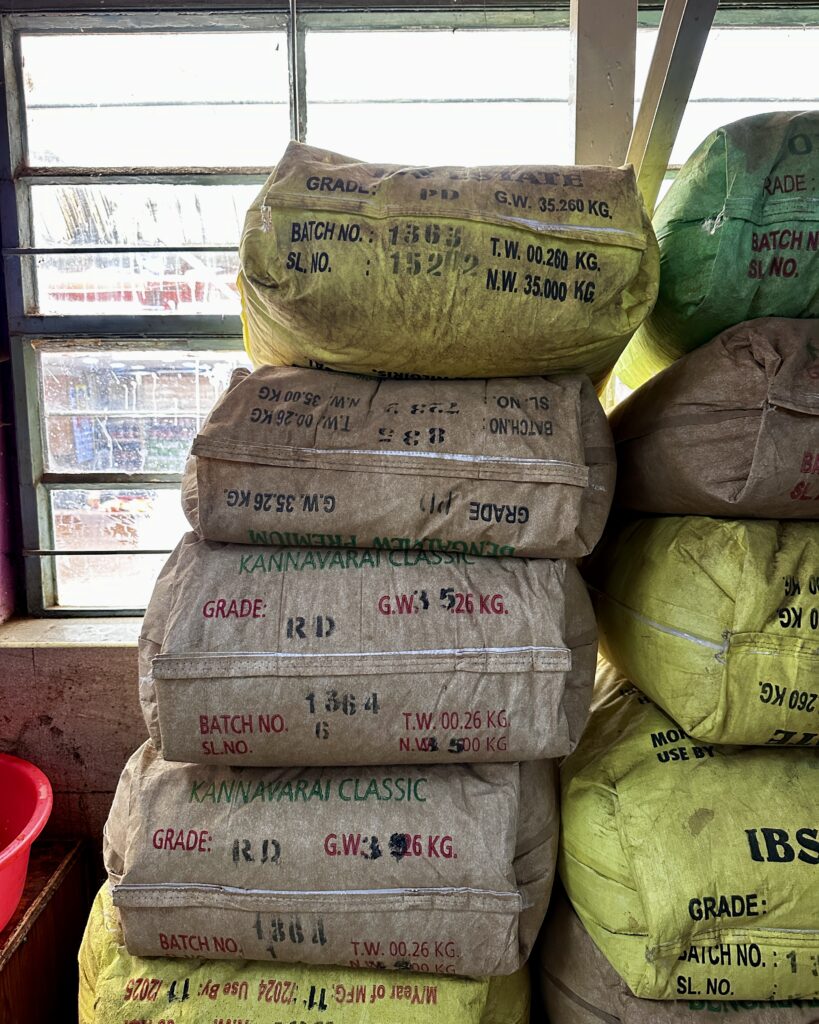
Exploring Tea Heaven in Nilgiri Right now, I’m visiting Nilgiri one of India’s three famous tea-growing regions. Nilgiri, along with Assam and Darjeeling, has a reputation for its rich plantations, which produce tea with unique flavors and scents. Imagine this: endless green hills covered with well-trimmed tea bushes fresh mountain air, and a captivating calm that makes you want to stop and take in every second. The scenery here looks like it’s taken straight from a postcard. 🌿
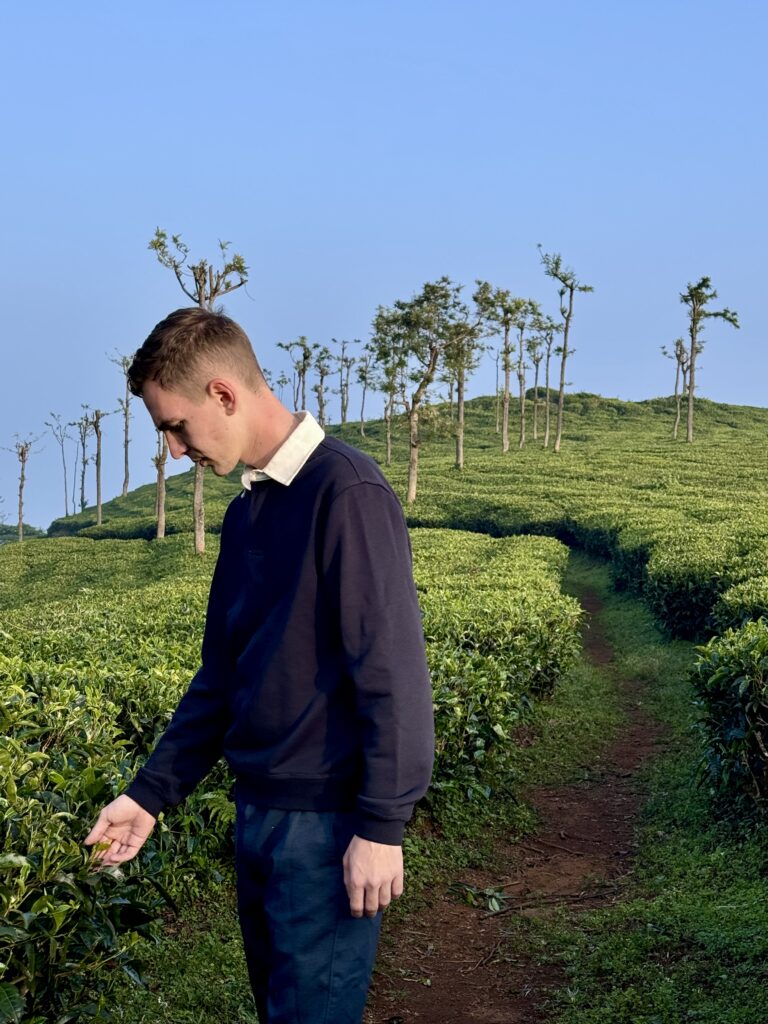
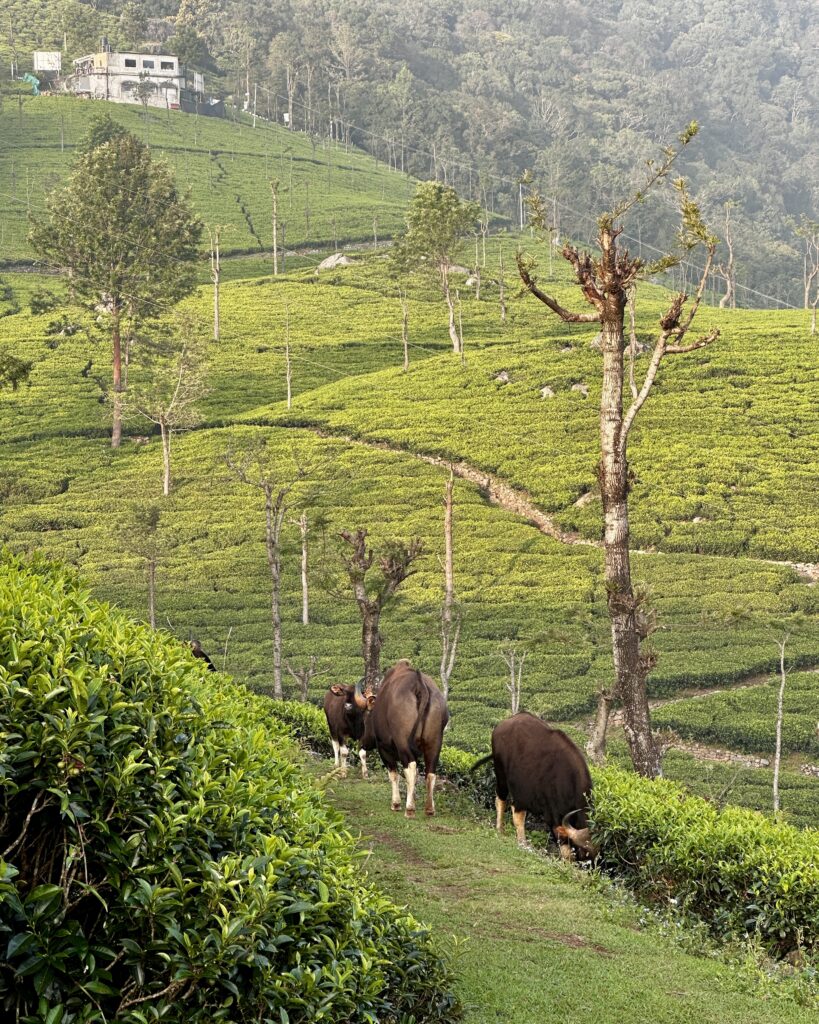
What gives Nilgiri a special touch is its wildlife. As I walked through the plantations, I saw wild bison eating tea leaves—a surprise that showed how nature keeps things in balance. You won’t forget seeing these big animals among all that green! And it’s not just bison—Nilgiri has many types of plants and animals making it great for people who love nature and tea. 🐮
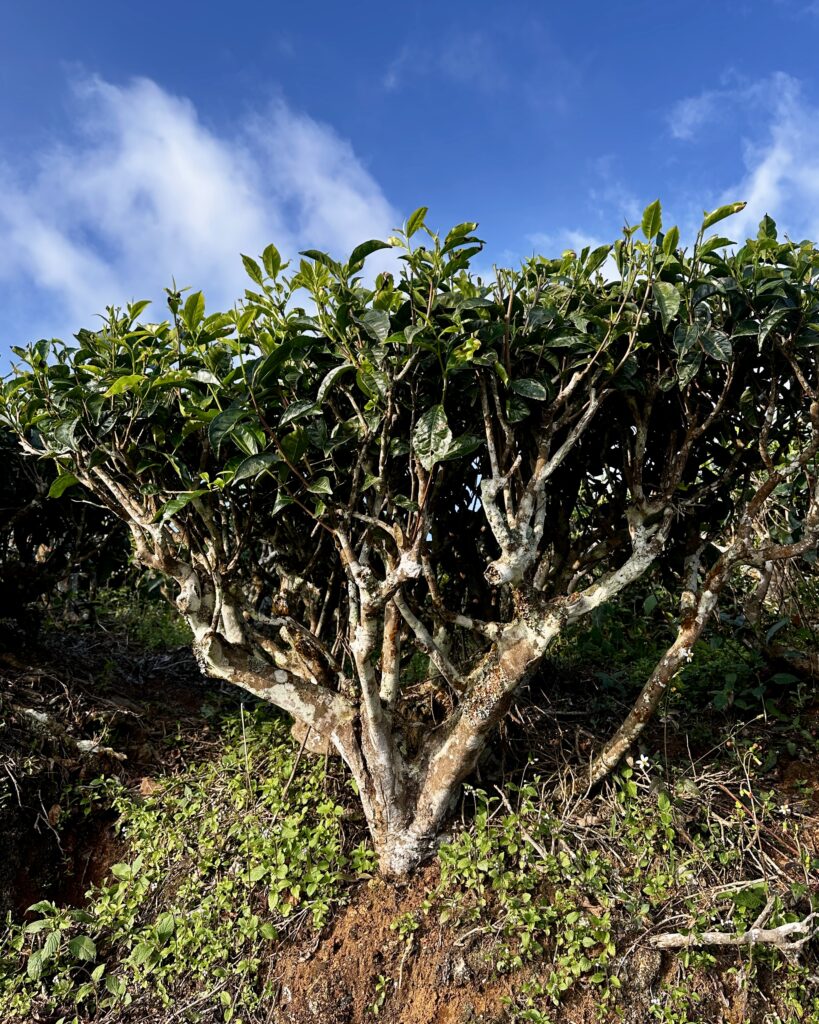
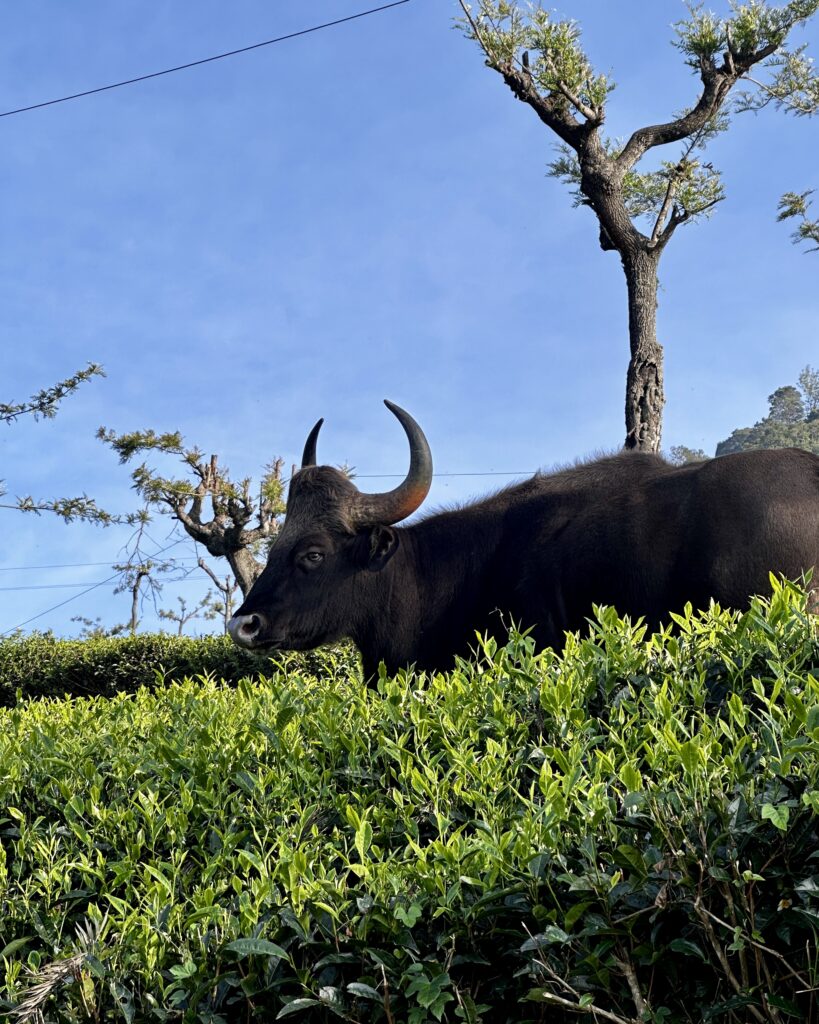
A Tale of Three Regions Each tea region in India has its own story adding to the country’s rich tea culture.
- Assam has an influence on the tea world with its strong, malty black teas. People often drink these teas with milk and sugar. Assam stands out as India’s biggest tea-growing area housing some of the most famous plantations. The tea gardens of Assam, with the powerful Brahmaputra River in the background, give off a pure, down-to-earth appeal.
- Darjeeling tea, which many call the “Champagne of Teas,” makes light flowery teas that tea lovers around the world prize. The hilly landscape and foggy scenes in Darjeeling add a touch of wonder to its tea culture. When you visit a Darjeeling plantation, you often hear tales about its past under British rule and learn about the skill behind making its tea.
- Nilgiri, my current location, has a reputation for its sweet-smelling, velvety teas. People often mix these teas with others, but they taste great on their own too. This area has a special weather—it’s cool and gets lots of rain. This gives the teas here their own unique flavor so each drink is a treat for your senses.
The Magic of Masala Chai You can’t talk about Indian tea without bringing up masala chai, India’s favorite tea. This isn’t just a regular cup of tea—it’s a treat for your senses. People boil black tea with milk and add a mix of spices you can’t resist, like cardamom, cinnamon, cloves, and ginger often with plenty of sugar. What do you get? A hot spicy-sweet drink that gives you energy and makes you feel good inside.
Masala chai means more than just a beverage—it represents hospitality. When you visit someone’s house or wait for a train, chances are you’ll get offered a hot cup of this tasty blend. Throughout India, masala chai recipes differ a bit, with each area putting its own spin on the traditional mix. From busy train stations to peaceful mountain villages in the Himalayas, masala chai brings folks together.
The Chaiwalla Phenomenon Meet the chaiwalla—the street tea expert and a key part of Indian street life. For just $0.10, you can see them make a cup of masala chai right before your eyes, with a skill that looks almost like a show. These chaiwallas do more than just sell tea; they tell stories, watch life go by, and sometimes even have big dreams. In fact, India’s Prime Minister Narendra Modi began his path as a chaiwalla at a train station—a strong reminder that you can aim for the stars. 🇮🇳
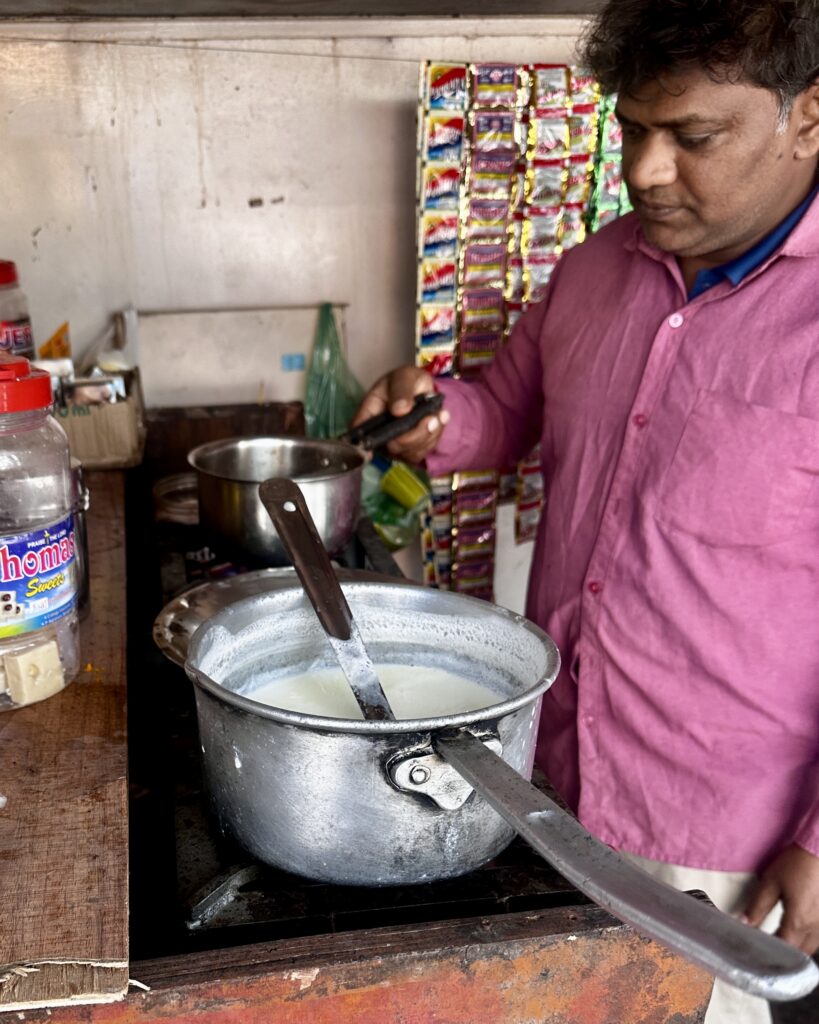
Chaiwallas have strong ties to their neighborhoods. They often recognize their regulars and act as casual centers for chats, updates, and social meetups. Watching a chaiwalla work looks like a well-practiced dance—they blend, serve, and pour with top-notch skill and attention.
Tea Beyond the Streets While chaiwallas have unbeatable charm Indian cities also have more stylish tea cafes popping up. These new spots mix India’s tea customs with worldwide trends serving different teas along with sweets, coffee, and snacks. Some cafes even offer things like tea tastings or classes on how to brew making them worth checking out for anyone who loves tea. ☕
These cafes offer special drinks like saffron chai, herb mixes, and tea cocktails without alcohol. They give you a place to unwind, get work done, or enjoy your tea in a fancy setting. Many of these spots show off tea culture with special menus or events that teach about Indian tea’s long history and skill.
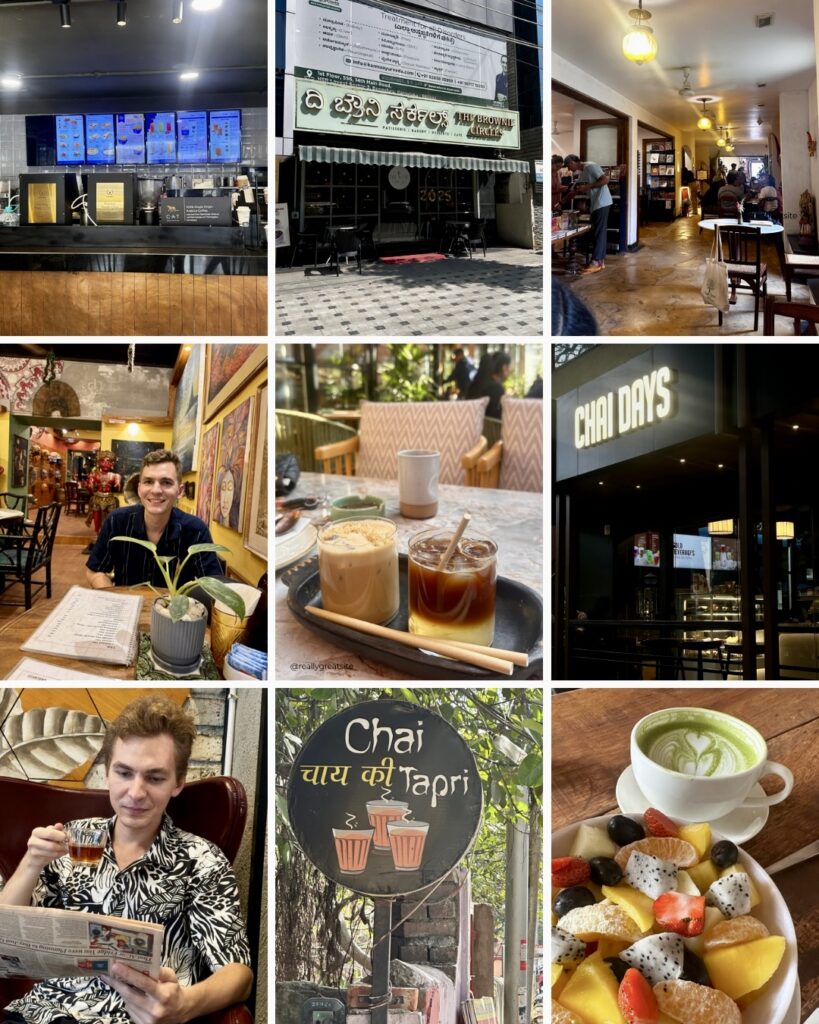
The Spiritual Side of Tea Tea means more than just a drink in India; it opens doors to focus and togetherness. Many spiritual practices in the country use tea to help people center themselves or bond with others. Drinking tea enjoying its taste, and sharing it with friends captures the heart of being present and in tune with others.
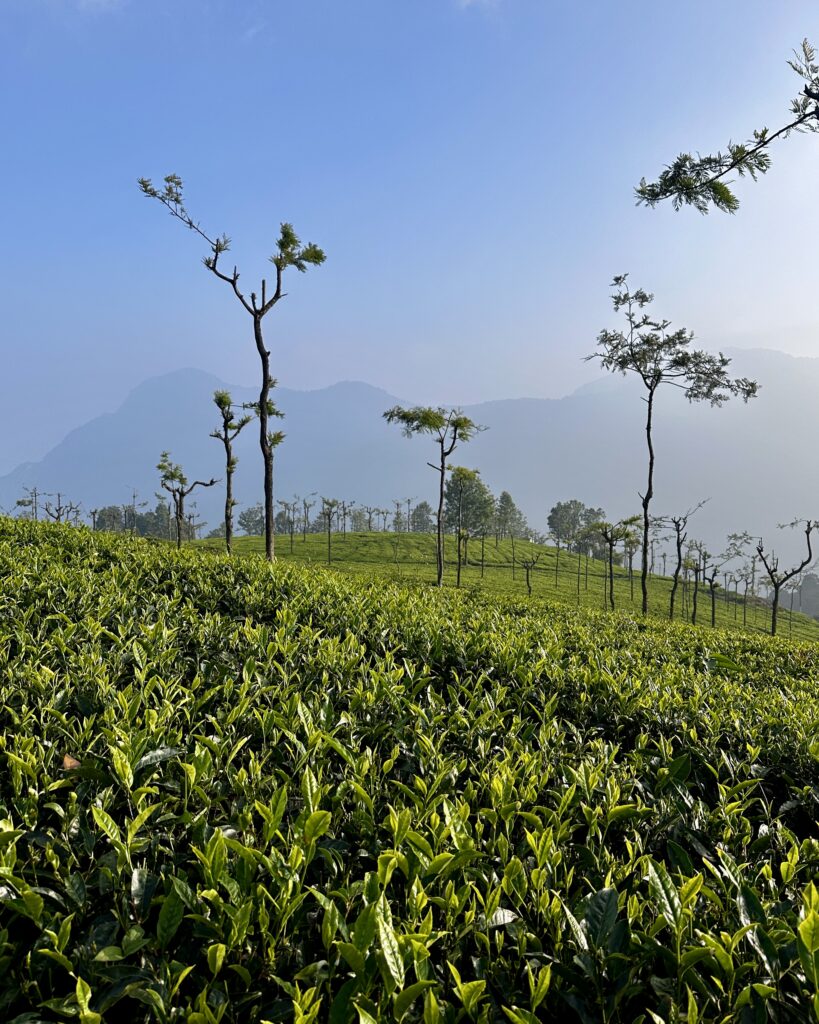
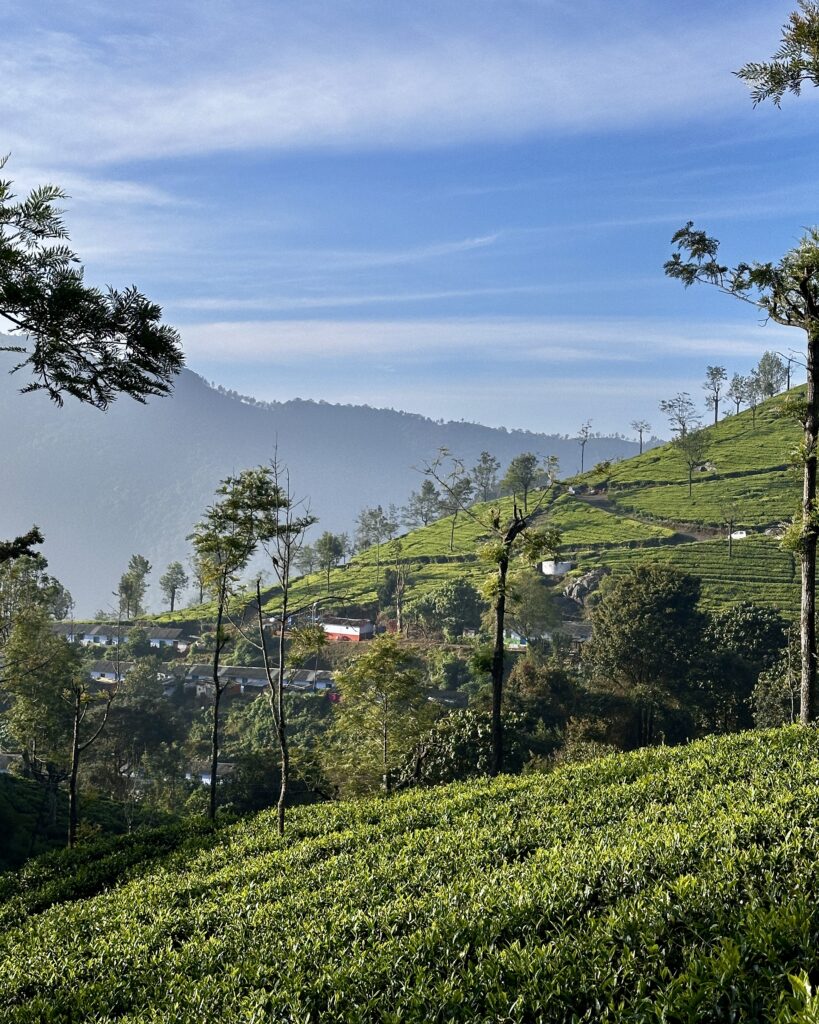
In places like Ladakh and Sikkim, tea plays a big role in local spiritual customs. Take butter tea, for instance. It’s a key part of Tibetan Buddhist rites. Giving tea shows respect and helps bring inner calm. While not formal, tea ceremonies create special times to think and be together.
Caring for Nature and Finding Balance India’s tea culture also connects closely with looking after the planet. More and more tea farms now use earth-friendly methods. This makes sure growing tea doesn’t hurt the environment. This care for nature fits well with India’s spiritual beliefs, which teach us to value the earth and what it gives us.
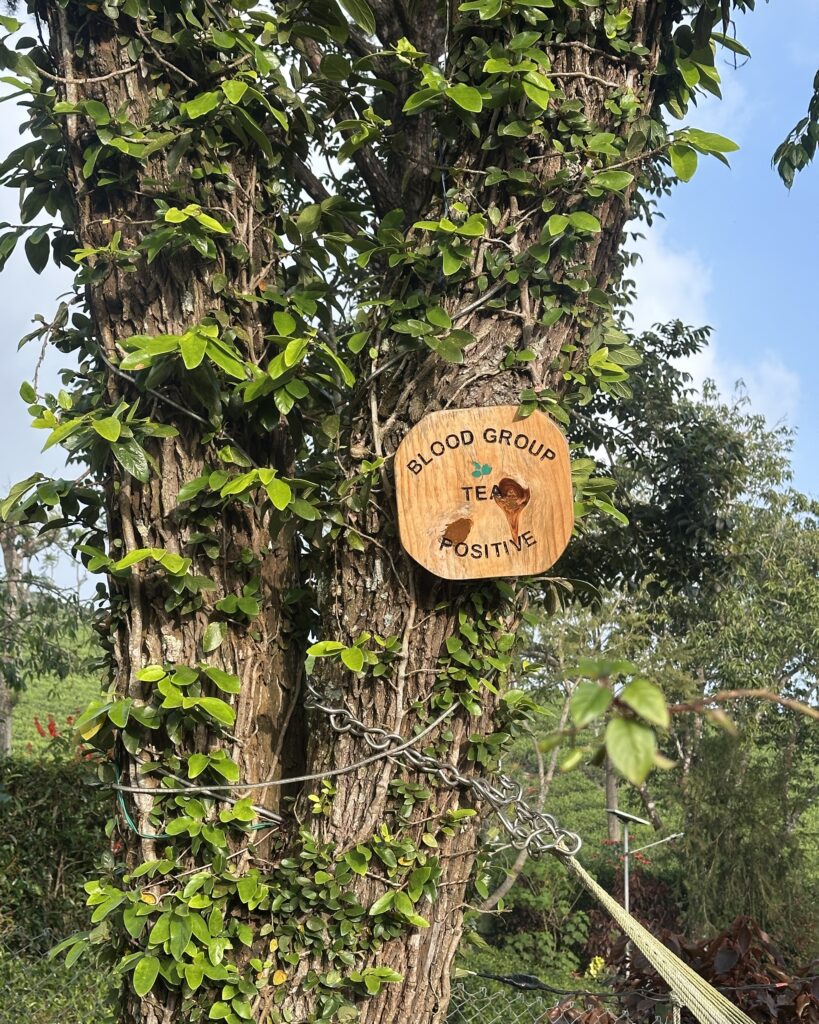
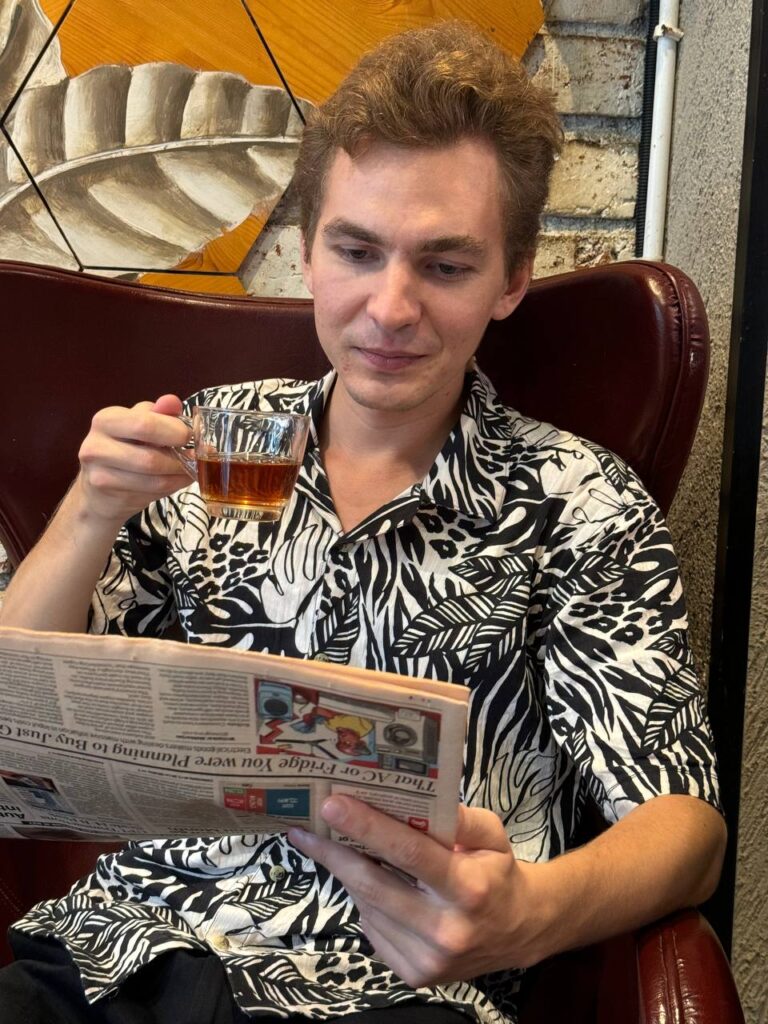
Tea farms that grow organic products are gaining popularity. They produce top-notch teas and protect plant and animal variety. These farms often give local people ways to make a living. This makes sustainability good for both humans and the earth. People who visit these farms can often join in activities. They can pick tea leaves, learn about farming that’s good for the environment, and taste fresh tea right where it’s made.
Discover India Through Tea From the bright green tea fields of Nilgiri to the busy city streets where tea sellers work their magic, India’s tea culture offers a special way to see the country’s many sides and friendly spirit. It’s a trip that mixes old ways new ideas, and a strong feeling of being connected—just like the perfect cup of tea.
So the next time you drink a hot cup of masala chai, stop to think about the tales, the individuals, and the deep-rooted past behind it. India, through its tea, greets you with wide-open arms and a friendly heart. 🌏✨
